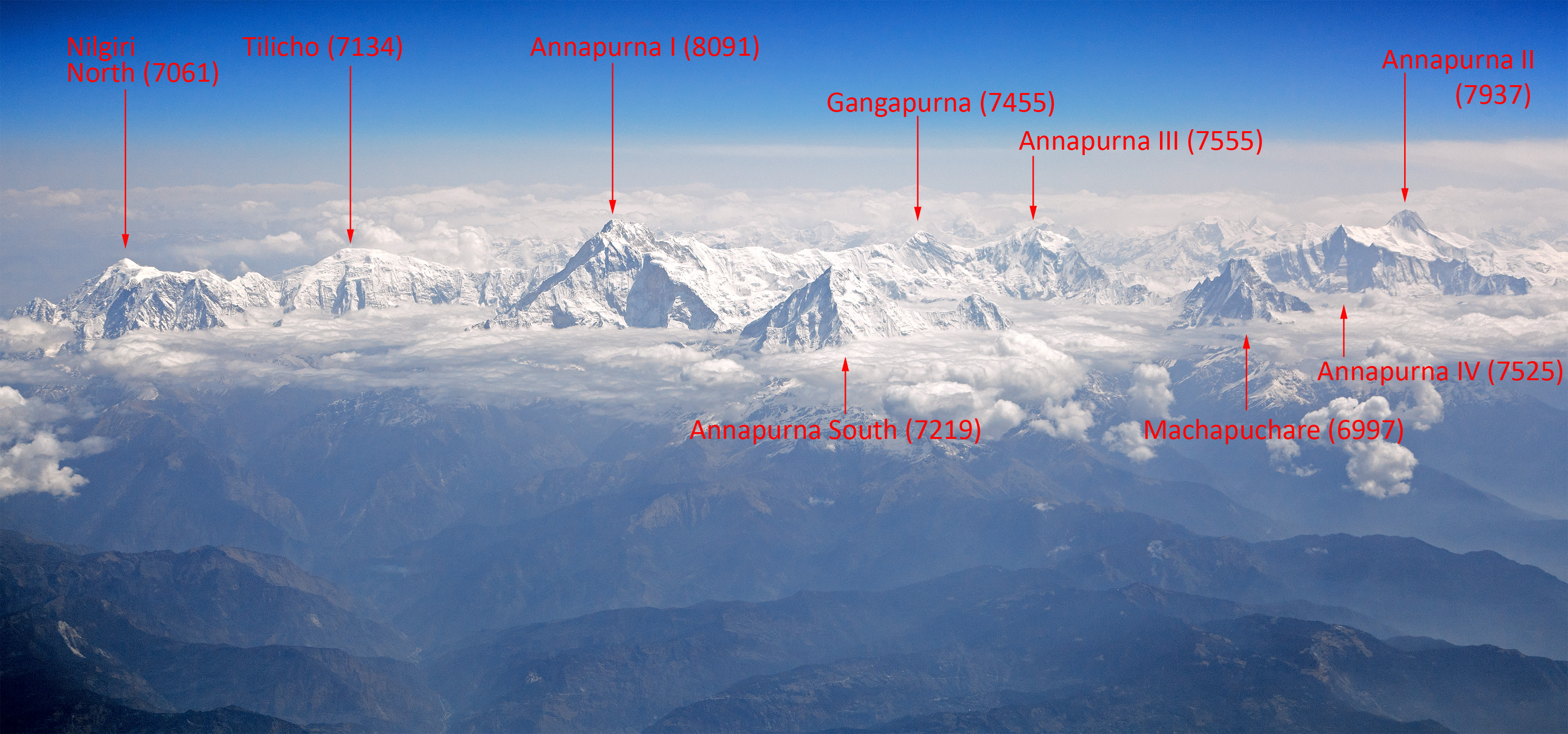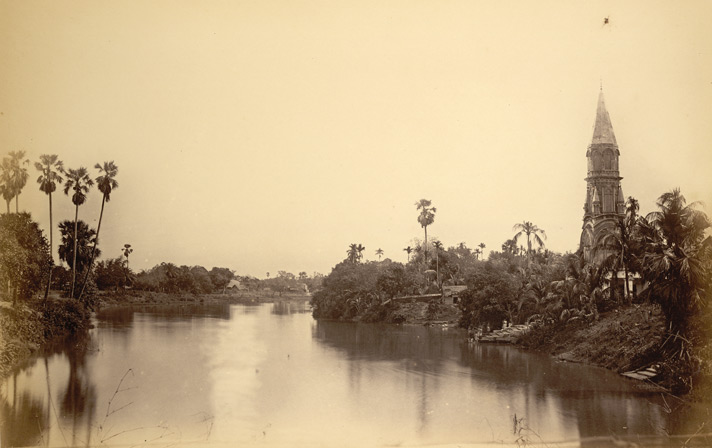|
Kalighat Painting
Kalighat painting, Kalighat Patachitra, or Kalighat Pat (Bengali: '' কালীঘাট পটচিত্র'') originated as a distinct style or genre of Indian paintings in the 19th century, practiced and produced by a group of specialised scroll painters known as the patuas in the vicinity of the Kalighat Kali Temple in Kolkata (formerly Calcutta), in the present Indian state of West Bengal. Composed of bold outlines, vibrant colour tones, featuring minimal background details, these paintings and drawings, done on hand-made, or more usually, machine manufactured, paper, depicted mythological stories, figures of Hindu gods and goddesses, as well as scenes from everyday life and society, thereby recording a socio-cultural landscape which was undergoing a series of transitions during the 19th and early 20th century, when the Kalighat pat reached its pinnacle. Today the Victoria and Albert Museum in London hosts the single largest collection of Kalighat paintings in the worl ... [...More Info...] [...Related Items...] OR: [Wikipedia] [Google] [Baidu] |
Brahma Vaivarta Purana
The ''Brahmavaivarta Purana'' ( sa, ब्रह्मवैवर्त पुराण; ) is a voluminous Sanskrit text and a major Purana (''Maha-purana'') of Hinduism. It is an important Vaishnavism text. This Purana majorly centers around the Hindu deities Radha and Krishna. Although a version may have existed in late 1st millennium CE, its extant version was likely composed in the Bengal region of Indian subcontinent. Later, it was likely revised somewhere in South India. Numerous versions of this Purana exist and are claimed to be the part of manuscripts of the ''Brahmavaivarta Purana'' or the ''Brahmakaivarta Purana''. The text is notable for identifying Krishna as the supreme reality and asserting that all gods such as Vishnu, Shiva, Brahma, Ganesha are one and the same and in fact, all are the incarnations of Krishna. Goddesses like Radha, Durga, Lakshmi, Saraswati and Savitri are asserted to be equivalent and are mentioned as the incarnations of Prakruti i ... [...More Info...] [...Related Items...] OR: [Wikipedia] [Google] [Baidu] |
Clitoria Ternatea
''Clitoria ternatea'', commonly known as Asian pigeonwings, bluebellvine, blue pea, butterfly pea, cordofan pea or Darwin pea is a plant species belonging to the family Fabaceae, endemic and native to the Indonesian island of Ternate. In India, it is revered as a holy flower, used in daily puja rituals. Etymology The genus name of '' Clitoria'' is a direct translation from the local name of these plant in the Ternate language; which called as , literally means "clitoris" due to its shape that resembles the shape of human female genitals. The first reference to the genus, which includes an illustration of the plant, was made in 1678 by Jakób Breyne, a Polish naturalist, who described it as ''Flos clitoridis ternatensibus'', meaning ' Ternatean flower of the clitoris'. Meanwhile on the other hand, the species name is derived from the name of the island where these Linnaeus's specimens originated; which is the Ternate Island located in northern part of the Maluku Islands. ... [...More Info...] [...Related Items...] OR: [Wikipedia] [Google] [Baidu] |
Mukul Dey
Mukul Chandra Dey ( bn, মুকুলচন্দ্র দে) (23 July 1895 – 1 March 1989) was one of five children of Purnashashi Devi and Kula Chandra Dey.''The International Who's Who 1943–44''. George Allen & Unwin, 8th edition, London, 1943, p. 197. He was a student of Rabindranath Tagore's Santiniketan and is considered as a pioneer of drypoint-etching in India. The entire family of Mukul Dey had artistic talents, the brother Manishi Dey was a well-known painter, and his two sisters, Annapura and Rani Chanda, were accomplished in arts and crafts as well.Satyasri Ukil: "Manishi Dey: The Elusive Bohemian." art etc. news & views, February 2012 Mukul Dey was married to his wife Bina, née Bina Roy, which was from Khanakul, Bengal. They had one daughter named Manjari, whom they affectionately called Bukuma. Manjari was later married to Shantanu Ukil, a leading painter of the Bengal School of Art.Satyasri Ukil: "Shantanu Ukil: Profile of the Painter." Mukul Dey Archive ... [...More Info...] [...Related Items...] OR: [Wikipedia] [Google] [Baidu] |
Annapurna
Annapurna (; ne, अन्नपूर्ण) is a mountain situated in the Annapurna mountain range of Gandaki Province, north-central Nepal. It is the tenth highest mountain in the world at above sea level and is well known for the difficulty and danger involved in its ascent. Maurice Herzog led a French expedition to its summit through the north face in 1950, making it the first eight-thousand meter peak ever successfully climbed. The entire massif and surrounding area are protected within the Annapurna Conservation Area, the first and largest conservation area in Nepal. The Annapurna Conservation Area is home to several world-class treks, including Annapurna Sanctuary and Annapurna Circuit. For decades, Annapurna I Main held the highest fatality-to-summit rate of all principal eight-thousander summits; it has, however, seen great climbing successes in recent years, with the fatality rate falling from 32% to just under 20% from 2012 to 2022. This figure places it ... [...More Info...] [...Related Items...] OR: [Wikipedia] [Google] [Baidu] |
Rudyard Kipling
Joseph Rudyard Kipling ( ; 30 December 1865 – 18 January 1936)''The Times'', (London) 18 January 1936, p. 12. was an English novelist, short-story writer, poet, and journalist. He was born in British India, which inspired much of his work. Kipling's works of fiction include the ''Jungle Book'' duology ('' The Jungle Book'', 1894; '' The Second Jungle Book'', 1895), ''Kim'' (1901), the '' Just So Stories'' (1902) and many short stories, including "The Man Who Would Be King" (1888). His poems include " Mandalay" (1890), " Gunga Din" (1890), "The Gods of the Copybook Headings" (1919), " The White Man's Burden" (1899), and "If—" (1910). He is seen as an innovator in the art of the short story.Rutherford, Andrew (1987). General Preface to the Editions of Rudyard Kipling, in "Puck of Pook's Hill and Rewards and Fairies", by Rudyard Kipling. Oxford University Press. His children's books are classics; one critic noted "a versatile and luminous narrative gift".Rutherford, Andrew ( ... [...More Info...] [...Related Items...] OR: [Wikipedia] [Google] [Baidu] |
John Lockwood Kipling
John Lockwood Kipling (6 July 1837 – 26 January 1911) was an English art teacher, illustrator and museum curator who spent most of his career in India. He was the father of the author Rudyard Kipling. Life and career Lockwood Kipling was born in Pickering, North Riding, the son of Reverend Joseph Kipling and Frances nee Lockwood, and was educated at Woodhouse Grove School, a Methodist boarding school. He met his wife Alice MacDonald while working in Burslem, Staffordshire, where his designs can still be seen on the façade of the Wedgwood Institute.Drawing by John Lockwood Kipling, and Biography ''''. Alice was the daughter of a ... [...More Info...] [...Related Items...] OR: [Wikipedia] [Google] [Baidu] |
Sutradhar (caste)
in sanskrit according to legend, are the carpenters descended from Maya son of Vishwakarma. Sutradhar, also known as Sutar or Suthar is a Hindu caste within the Vishwakarma community of India. Their traditional occupation is carpentry. The great majority of Hindu sutradhars belong to the Vaishnava sect. Vishwakarma is regarded as their patron deity. Origin The word ''Sutradhar'' literally means ''thread-holder''. ''Sutra'' in sanskrit means thread (which is used to mark the course of a saw), and ''dhara'' means to hold. The names ''Sutar'' and ''Suthar'' are abbreviated versions of ''Sutrahadar''. Sutradhars, according to legend, are the carpenters descended from Maya, son of Vishwakarma. From the ''Rigveda'', Vishwakarma is the divine engineer of the universe. In the Skanda Purana he had five children — Manu, Maya, Tvastar, Shilpi and Visvajna — and these are believed by the Vishwakarma community to have been the forebears of their five sub-groups, being res ... [...More Info...] [...Related Items...] OR: [Wikipedia] [Google] [Baidu] |
Ganges
The Ganges ( ) (in India: Ganga ( ); in Bangladesh: Padma ( )). "The Ganges Basin, known in India as the Ganga and in Bangladesh as the Padma, is an international river to which India, Bangladesh, Nepal and China are the riparian states." is a trans-boundary river of Asia which flows through India and Bangladesh. The river rises in the western Himalayas in the Indian state of Uttarakhand. It flows south and east through the Gangetic plain of North India, receiving the right-bank tributary, the Yamuna, which also rises in the western Indian Himalayas, and several left-bank tributaries from Nepal that account for the bulk of its flow. In West Bengal state, India, a feeder canal taking off from its right bank diverts 50% of its flow southwards, artificially connecting it to the Hooghly river. The Ganges continues into Bangladesh, its name changing to the Padma. It is then joined by the Jamuna, the lower stream of the Brahmaputra, and eventually the Meghna, forming the major ... [...More Info...] [...Related Items...] OR: [Wikipedia] [Google] [Baidu] |
Buriganga
The Buriganga River ( bn, বুড়িগঙ্গা, ''Buŗigônga'', ) is a river in Bangladesh which flows past the southwest outskirts of the capital city, Dhaka. Its average depth is and its maximum depth is . It ranks among the most polluted rivers in the country. Dhaleshwari River According to R. C. Majumdar, in the distant past, it is probable that a course of the Ganges river used to reach the Bay of Bengal through the Dhaleshwari River. The Buriganga originated from the Dhaleshwari in the south of Savar, near Dhaka In the 20th century the water table and river became polluted by polythenes and other hazardous substances from demolished buildings near the river banks. Pollution The Buriganga is economically very important to Dhaka. Launches and country boats provide connection to other parts of Bangladesh, a largely riverine country. When the Mughals made Dhaka their capital in 1610, the banks of the Buriganga were already a prime location for trade. The riv ... [...More Info...] [...Related Items...] OR: [Wikipedia] [Google] [Baidu] |
Ghat
Ghat, a term used in the Indian subcontinent, depending on the context could refer either to a range of stepped hills with valleys (ghati in Hindi), such as the Eastern Ghats and Western Ghats; or the series of steps leading down to a body of water or wharf, such as a bathing or cremation place along the banks of a river or pond, the Ghats in Varanasi, Dhobi Ghat or the Aapravasi Ghat.Sunithi L. Narayan, Revathy Nagaswami, 1992Discover sublime India: handbook for tourists Page 5.Ghat definition Cambridge dictionary. Roads passing through ghats are called Ghat Roads. Etymology The origin of the English 'ghat' is sa, घट्ट , ' and is normally translated as ghaṭ, quay, landing or bathing place, as well as, ste ...[...More Info...] [...Related Items...] OR: [Wikipedia] [Google] [Baidu] |
Kali
Kali (; sa, काली, ), also referred to as Mahakali, Bhadrakali, and Kalika ( sa, कालिका), is a Hindu goddess who is considered to be the goddess of ultimate power, time, destruction and change in Shaktism. In this tradition, she is considered as a ferocious form of goddess Mahadevi, the supreme of all powers, or the ultimate reality. She is the first of the ten Mahavidyas in the Hindu tantric tradition. Kali's earliest appearance is when she emerged from Shiva. She is regarded as the ultimate manifestation of Shakti, and the mother of all living beings. The goddess is stated to destroy evil in order to protect the innocent. Over time, Kali has been worshipped by devotional movements and Tàntric sects variously as the Divine Mother, Mother of the Universe, Principal energy Adi Shakti. Shakta Hindu and Tantric sects additionally worship her as the ultimate reality or ''Brahman''. She is also seen as the divine protector and the one who bestows ''mo ... [...More Info...] [...Related Items...] OR: [Wikipedia] [Google] [Baidu] |






_-_Copy.jpg)


